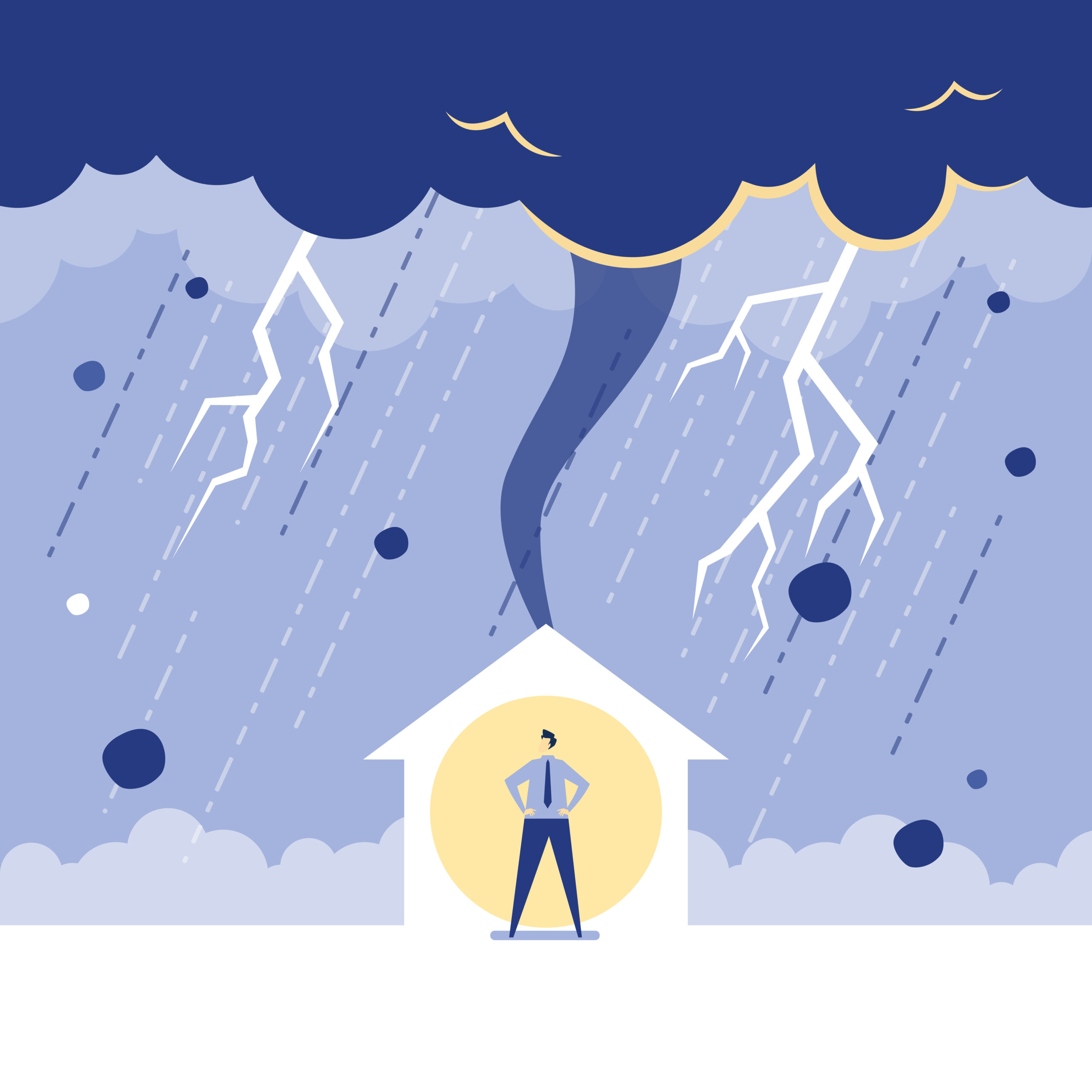When nature’s fury strikes, the aftermath can extend far beyond physical destruction. Tornadoes, those tempestuous twisters born from atmospheric tumult, unleash their devastating power upon communities, leaving in their wake not only shattered homes and twisted landscapes, but also a labyrinth of intricate financial challenges. In this article, we delve deep into the heart of the matter, exploring the multifaceted dimensions of the financial implications that tornado disasters unfurl. From the economic reverberations within local economies to the delicate dance of insurance markets, and the resilient strategies adopted by businesses and individuals, we uncover the panorama of financial complexities these natural disasters provoke.
Tornadoes and Business Resilience
Picture this: a small-town bakery, its warm aroma of fresh pastries wafting through the air, suddenly finds itself in the tumultuous path of a tornado. What was once a haven of delectable treats now stands shattered, its financial stability shaken to the core. This scenario illustrates the precarious balance that businesses must strike between recovery and financial solvency in the aftermath of a tornado.
Whether a charming family-run boutique or a sprawling corporate entity, the financial ramifications can be substantial. Repairing damaged infrastructure, procuring new equipment, and bridging the gap of lost revenue can quickly escalate into a financial maelstrom. Nevertheless, amid the chaos, a beacon of hope shines: the power of disaster preparedness and recovery planning.
Businesses armed with comprehensive disaster recovery plans are better poised to weather the storm. The foundation of resilience is laid by meticulous insurance coverage that explicitly addresses the myriad facets of tornado damage. Moreover, the astute diversification of supply chains and the establishment of contingency measures can bolster a business’s financial immunity, thus lessening the overall impact of such tempestuous trials.
Insurance Markets and Tornado Risk
Venturing beyond the storefront, we uncover the pivotal role played by the insurance industry in navigating the tumultuous aftermath of tornadoes. These swirling forces of nature instill a sense of urgency within the insurance realm, compelling actuaries and underwriters to dance nimbly upon the tightrope of risk assessment and coverage provisioning.
As tornadoes exhibit a capricious affinity for certain regions, varying in both frequency and intensity, the insurance markets are compelled to adapt their practices to adequately assess the nuances of risk and calibrate premiums accordingly. The delicate art of risk quantification is often powered by advanced modeling techniques, which stand as the vanguard of precision in this complex financial ballet.
In regions most prone to the whims of tornadoes, insurance premiums may ascend to loftier heights, a reflection of the heightened risk threshold. This, however, ushers forth a conundrum of financial decision-making, wherein individuals and businesses are faced with the delicate task of harmonizing the financial burden of insurance costs with the potentially catastrophic fiscal precipice of remaining uninsured. Thus, the evaluation of such financial repercussions necessitates a deft balancing act, demanding a profound comprehension of the intricate tapestry of risks woven by these atmospheric juggernauts.
Local Economies and Tornado Fallout
Zooming out to a wider perspective, the domino effect of a tornado disaster unfurls across local economies like an intricate symphony. From the discordant disruptions within supply chains to the muted resonance of decreased consumer spending, the financial echoes of a tornado’s touch linger long after the winds have abated.
In this delicate ecosystem, immediate financial aid emerges as a crucial instrument, working tirelessly to orchestrate stability and facilitate reconstruction. Governmental assistance, grants, and the harmonious undertones of community support initiatives converge to inject much-needed fiscal vitality into a beleaguered local economy. By nourishing the financial bloodstream of the community, these collaborative endeavors serve to rekindle the flames of spending, kindle the embers of job creation, and ultimately engender an environment primed for financial rejuvenation.
Individual Financial Preparedness
The tale of financial resilience finds its echoes within the narratives of individuals as well, where the aftermath of a tornado disaster reverberates deeply within personal financial realms. The orchestra of fiscal strains is conducted by a conductor of losses, encompassing property, medical expenses, and the daunting costs of displacement.
In this arena, the significance of an emergency fund assumes a crescendo of importance, acting as a sturdy bulwark against the battering winds of financial instability. Equally vital is the selection of insurance coverage tailored to these turbulent circumstances, which acts as a lighthouse guiding individuals through the murky waters of uncertainty.
Moreover, the orchestration of a symphony of financial planning assumes an undeniable role, dictating the cadence of recovery and rebuilding. Crafting a well-versed financial sonata involves the delicate harmonizing of budget adjustments, the exploration of available government assistance harmonies, and the consideration of mellifluous low-interest loans. By drafting this opus of financial preparedness, individuals can navigate the symphony of post-tornado uncertainty with a more resonant chord of stability.
The aftermath of a tornado disaster etches an indelible mark upon communities, businesses, and individuals alike. It is a narrative that defies confinement within the realm of physical devastation, stretching its tendrils deep into the heart of financial intricacies. By weaving a rich tapestry of disaster preparedness, insurance acumen, local economic support, and individual fiscal planning, we embark upon a journey toward a future imbued with resilience, a future where the symphony of financial stability weathers even the fiercest of storms.

